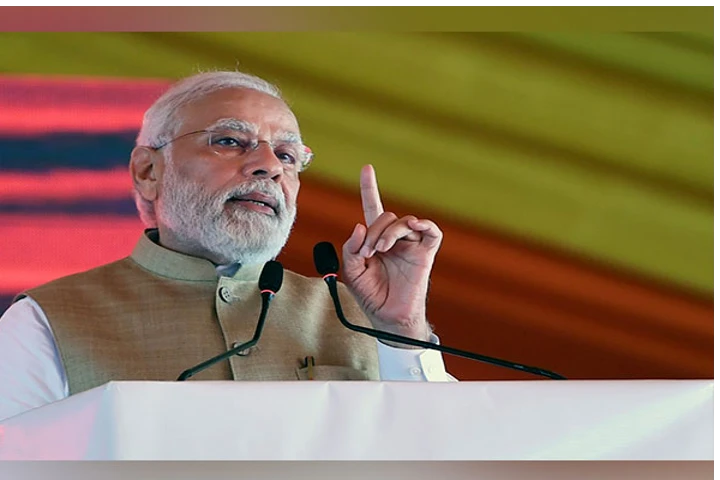Prime Minister Narendra Modi will launch 5G services in India today in select cities ushering in a new technological era.
Apart from powering ultra-low latency connections, which allow downloading full-length high-quality video or movie to a mobile device in a matter of seconds, 5G can enable solutions such as e-health, connected vehicles, more-immersive augmented reality and metaverse experiences, life-saving use cases, and advanced mobile cloud gaming.
The Prime Minister will launch the new service at the 6th Edition of India Mobile Congress 2022 which will be held from October 1-4, at Pragati Maidan in New Delhi with the theme of “New digital Universe”. It will bring together leading thinkers, entrepreneurs, innovators, and government officials to discuss and showcase unique opportunities emerging from the rapid adoption and spread of digital technology, according to an official statement.
“5G can unleash new economic opportunities and societal benefits, giving it the potential for being a transformational force for Indian society. It will help the country leapfrog the traditional barriers to development, spur innovations by startups and business enterprises as well as advance the ‘Digital India’ vision,” the official statement said.
After starting with the major cities, the government has given a target of 80 per cent coverage of 5G telecom services in the country “in a short timeframe.”
Union Minister for Communications, Electronics & Information Technology Ashwini Vaishnaw had earlier said, “while many countries took multiple years to reach 40 per cent to 50 per cent coverage. But we are targeting a very aggressive timeline and the Government has given a target of 80 per cent coverage in a short time frame.”
The 5G telecom spectrum auction held recently had received a record ₹ 1.5 lakh crore of bids from leading telecom players. Mukesh Ambani’s Jio won nearly half of the entire spectrum put up for auction with a bid of Rs 88,078 crore..
5G will account for more than a third of total connections in India by 2030, with the share of 2G and 3G declining to less than 10 per cent, according to a GSMA (Global System for Mobile Communications) report. It pointed out that India’s high level of 4G adoption (79 per cent) indicates a subscriber base ready to transition to 5G.




















